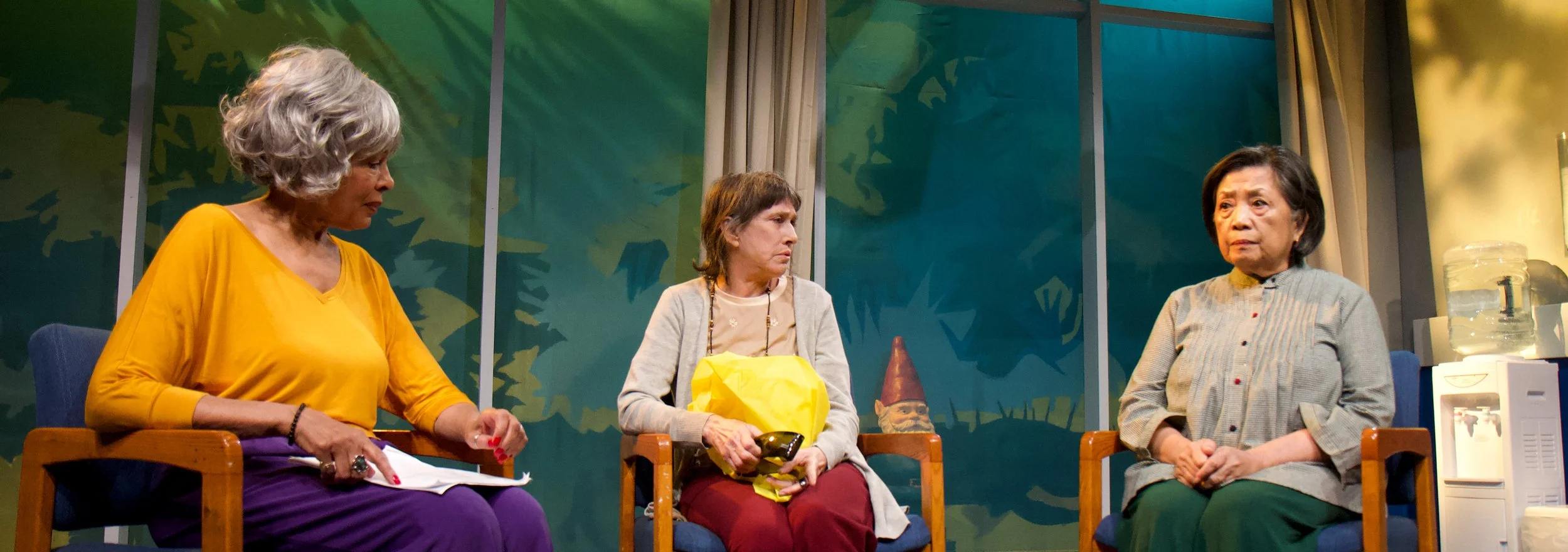The Monkey Moo has many things going for it. It features some intricate puppetry work, an equally expressive human lead, and a fantastic musical score. Whether these elements combine into a cohesive, affecting experience is another matter. Only after reading the plot summary at the bottom of the first page of the program do story intricacies reveal themselves. Details are lost in the experience itself, leading this nearly wordless piece to become more of an abstract diversion than the heart-pounding adventure tale promised by the description. As a result, it’s entertaining to watch but doesn’t leave much of an impression the next day. Moo is a mischievous monkey in 1920s Shanghai. Forced into vaudeville because of financial woes, he meets a beautiful girl who works at the local teahouse and falls in love. Things go wrong when the girl’s pimp discovers their relationship. An epic battle ensues.
The show sports some exciting production elements in its threadbare set. Taking the house made of string conceit of recent Off-Broadway hit Eurydice one step further, the entire set is made of a long rope. The rope morphs into various shapes that suggest locations and objects. The effect is quite remarkable, particularly in a scene where Moo runs through the streets looking for his love.
Yoko Myoi as Moo is a gifted physical comedian with a huge face that perfectly suits her character. The other two onstage performers are the puppeteers Andrei Drooz and Karen Elizaga, who navigate the stage on tiny moving stools. No detail is left unconsidered. Drooz and Elizaga’s real hands extrude just far enough out of their robes to create their tiny puppet’s appendages. When the pimp puppet drinks, he flails about the stage, every limb wildly out of control. The puppeteers blend seamlessly with Myoi. The climatic human vs. puppet fight is probably the production’s most exciting moment.
Zelda Pinwheel, a “melodic noise trio” from New Jersey and Philadelphia, accompanies the action. Group members James Dellatacoma, Ralph Gould, and Stephen Quaranta play a huge variety of instruments, real and electronic, to augment proceedings. Their score is at once sparse and sad, and in another moment throbbing, tribal, and unpredictable. Their work helps the production to become, if not a full success, then at least one which tickles the audience’s senses.






